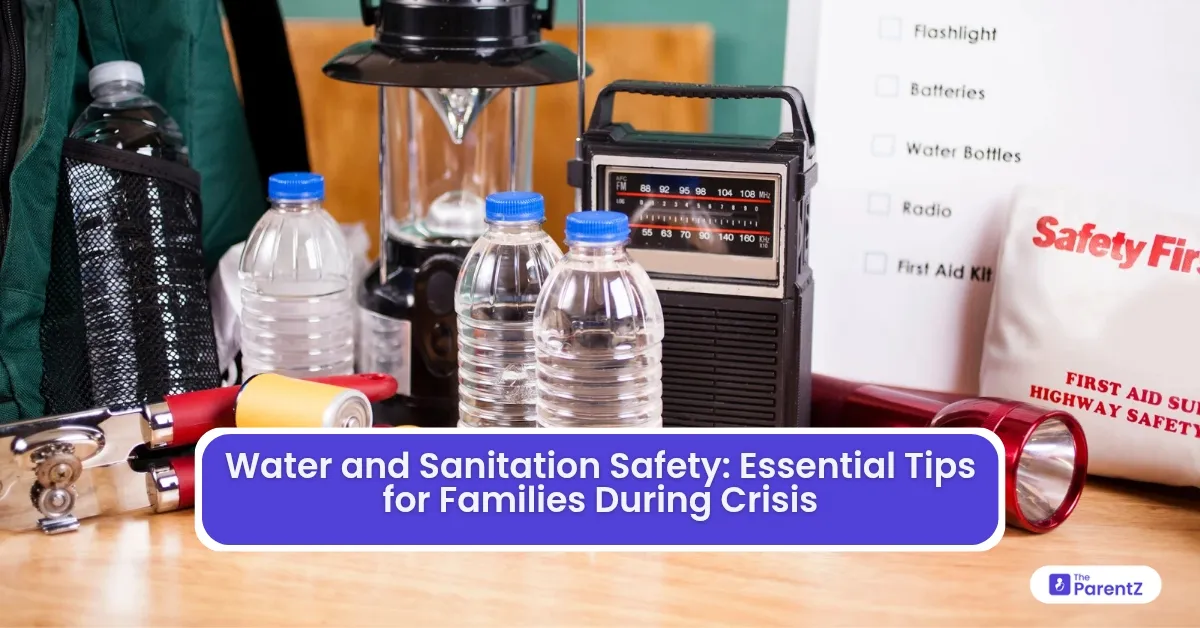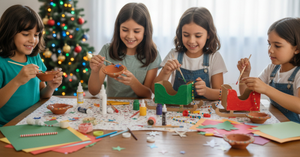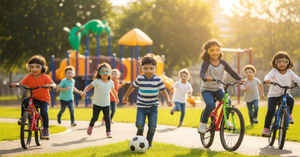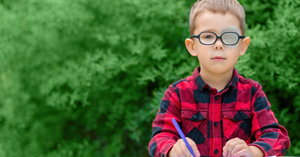In times of conflict, survival often boils down to the basics—clean water, safe sanitation, and staying calm amid chaos. With the rising tension from the latest India-Pakistan conflict, and families in border regions bracing for uncertainty, it's a sobering reminder of how quickly daily comforts can vanish. When headlines scream of shelling and mock drills become real preparations, you need to know how to keep your family healthy—especially your children—when the taps run dry or the sewage systems fail.
Whether it’s due to war, natural disasters, or displacement, here’s how to make sure your family’s most basic needs don’t get lost in the crisis.
The Need of Water and Sanitation Safety During a Crisis
In emergencies, the usual safety nets—running tap water, sewage systems, and waste disposal—can collapse. Diseases like cholera, dysentery, and diarrhea spread rapidly when clean water is scarce and sanitation is compromised. Children, especially under the age of five, are the most vulnerable.
According to the World Health Organization, unsafe water and poor sanitation are responsible for nearly 10 percent of global disease burden, particularly in crisis-affected regions. But families can take proactive steps to protect themselves.
Store Clean Water Ahead of Time
If you live in a disaster-prone area, pre-crisis preparation is critical.
- Store at least 3–4 liters of water per person per day for at least 3 days. Don’t forget water for cooking and hygiene.
- Use clean, food-grade containers with tight lids.
- Rotate stored water every 6 months to keep it fresh.
In case of short notice, fill bathtubs, pots, and buckets before a storm hits. That extra supply might be what gets you through a long power outage.
Learn Simple Water Purification Methods
Sometimes, you’ll need to make dirty or questionable water drinkable. And no, boiling isn’t your only option (though it’s a good one!).
- Boil water for at least 1 minute (3 minutes at high altitude) to kill bacteria, viruses, and parasites.
- Chlorine bleach (unscented) can be used in small amounts—about 4 drops per liter of water—then wait 30 minutes before using.
- Portable filters and UV purifiers are great for emergency kits.
Label purified water containers clearly so children don’t accidentally drink untreated water.
Create a Safe Toilet Plan
If you lose access to your toilet or sewage system, you need a backup.
- Use buckets lined with garbage bags as emergency toilets. Cover waste with sawdust or kitty litter to reduce smell and bacteria.
- Dig latrines away from your water supply, home, or food storage.
- Have soap, hand sanitizer, and gloves ready for handling waste safely.
Teaching kids to keep their hands clean—even when it feels impossible—is one of the best defenses you have.
Disinfect Surfaces and Keep Things Dry
Crisis doesn’t mean cleanliness has to disappear. In fact, hygiene becomes even more important.
- Wipe down high-touch surfaces (tables, door handles, faucets) with bleach solutions regularly.
- Don’t let floodwater or sewage linger indoors—it’s a breeding ground for illness.
- If clothes or linens get wet, dry them completely or disinfect before reuse.
Educate Your Family, Especially the Kids
In a crisis, everyone has a role to play—including children. Make hygiene education a family priority.
- Teach kids to wash hands before eating, after using the bathroom, and after handling pets.
- Make a game out of identifying “clean” vs. “dirty” water sources.
- Keep a hygiene chart if needed—visual reminders work wonders for young kids.
Prepare a Sanitation Kit
Build a family sanitation kit and keep it in your emergency supply box.
Include:
- Soap and hand sanitizer
- Chlorine bleach
- Water purification tablets
- Gloves, masks, and trash bags
- Toilet paper and disinfectant wipes
Conclusion
In the eye of a crisis, your family’s safety hinges on the smallest of habits—washing hands, treating water, and storing supplies. These aren’t extras. They’re survival.
While it’s easy to focus on big-picture problems, don’t underestimate the power of clean water and basic hygiene.








Be the first one to comment on this story.